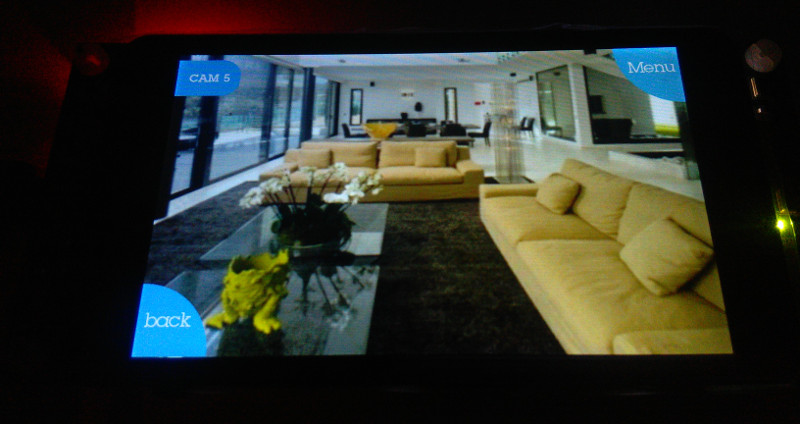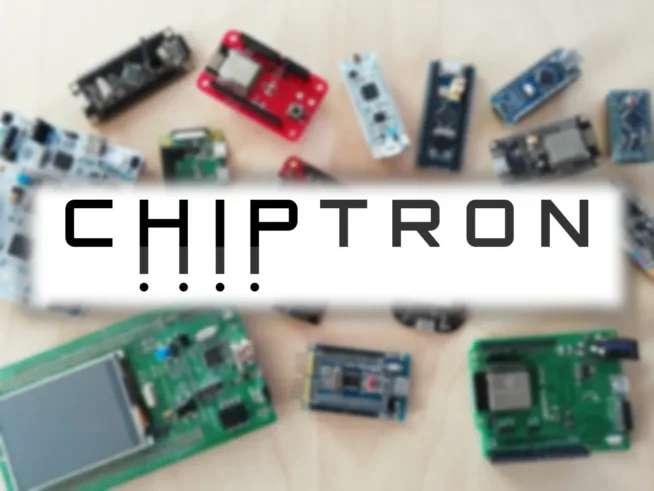We wrote about this news by STMicroelectronics. Now, we got the development board.
Pictures of this developement board are below.
The development board STM32F469-DISCO with STM32F469NIH6 and 2MB FLASH memory. On the board is ST-LINK/V2-1 – programmer a debugger. USB can be used as mass storage, virtual COM port or debug port.
TFT displayi 4″ with 800×480 resolution with MIPI DSI and capacitive touchscreen.
As we wrote, that development board contains 3 MEMS microphones, Arduino? connectors for Arduino? Uno v3, microSD card connector. Next, 4Mx32bit SDRAM, 128-Mbit Quad-SPI NOR Flash, 4 LED, reset a wake-up button a USB OTG.












